Resources
Blog Authors
Blog Categories
Silver Sponsor
Resource Blogs

Off the Beaten Path at ISC West
This year at ISC (the International Security Conference and Exposition), I was determined to try to see the latest iStechnologies hiding in the nooks and crannies—literally! I visited booths in the back, the basement, small kiosks hidden inside larger vendor books, and throughout the Emerging Technology Zone.
In case you missed the show, I’ll round up some of the best new technologies and companies to keep an eye on. Read more.
read more -->

Voice Identification: Not Just for the Chatty Kathy
Learn the meaning of micro-articulometry. A term for the technology used to deduce human profile parameters, employing Artificial Intelligence (AI) to discover micro-patterns (or micro-signatures) contained in speech. And how this technology is coupling with security.
read more -->
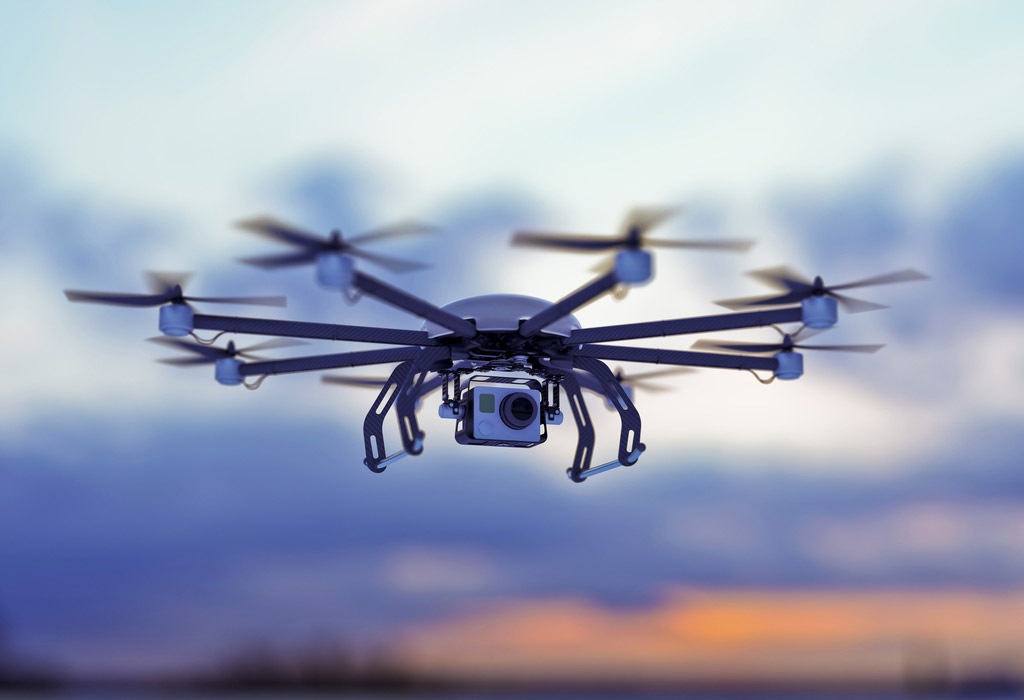
Droning On About Technology
Drones are part of the future landscape of security technologies and security threats. In fact, drones are projected to increase from 2.5 millions units in 2016 to up to 7 million by 2020, according to the FAA. But will drone technology be helpful or harmful (or both) to the security industry?
read more -->

Apps Designed to Make Your Smartphone Safer
Biometrics are a newer solution to an age old problem when it comes to cellphones. But using your fingerprint to unlock your phone is no longer a novelty. Have you thought about what happens when your fingerprints are stolen? When your photo is cloned? Read more to see what apps can make your smartphone smarter.
read more -->
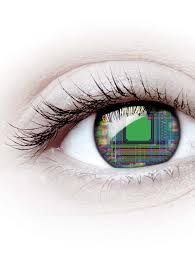
Neuromorphic Image Sensors Inspired By The Human Eye
New research shows machines can capture moving images more efficiently through prioritizing dynamic parts of the scene as light changes. Read more about this advanced neuromorphic technology and how it is impacting the security industry.
read more -->

The State of Security Video Analytics
Examines the current state of video analytics technology
& considerations for modern deployment.
read more -->

Big Data and Privacy for Physical Security
Examines the business expectations regarding big data supported security technology including privacy.
read more -->

Today's Top Trends in Cyber Security
Protecting information online should be a top priority for all. From encryption and decryption, to block chaining and protecting databases, we rounded up three of today’s most interesting trends in cyber security.
read more -->

We're Surrounded
It's no secret that megapixel cameras have taken the market by storm, providing the ability to see more with fewer cameras, with progressively better video quality and digital PTZ features. Conversely, fish eye lenses providing up to 360 degree images of varying quality have been around for years. So, it's not surprising that the combination of high pixel density sensors and appropriate lenses, enhanced by sophisticated image processing algorithms, has led to expanded product offerings in really good 180 degree and 360 degree panoramic IP cameras. Let's take a closer look at these three elements to see how they have combined to create this growing class of products.
read more -->

Lights, Camera..Activity
Newark Airport got quite a bit of press in February for its deployment of 171 LED light fixtures that form the backbone of a new wireless network that would not only control lighting, but also transmit data from security devices. The fact that surveillance cameras and activity sensors were to be part of this network caused a great deal of consternation - which tells me how little-informed the mainstream media, not to mention the public in general, really is when it comes to the potential of security technology.
read more -->

Consumer Market Guinea Pigs
Two articles about advances in consumer-focused technologies have caught my eye recently. While neither was written with the theme of physical security, I nevertheless saw their topics as potential game changers in our market: Wearable cameras and software that tracks facial expressions to predict future behavior.
read more -->

SFP Finally Moving into Security
You may remember the early days of fiber optic transceivers, where, in addition to specifying the function that was needed - for example, RS-232 to fiber optic - you had to define wavelength, number of fibers, connector type and possibly optical budget. In addition, there might have been the choice of end-point, repeater or multi-port star or hub. All of this made for a dizzying array of part numbers and complicated the specification, ordering and stocking of transceiver products.
read more -->
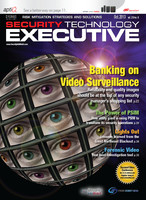
Thermal Imagers: Shrink Wrapped
A new generation of thermal devices open up a potential new set of sensing possibilities, raise awareness, and, perhaps most importantly, put low power thermal imaging into the hands of gadgeteers and tinkerers around the world to conceive new interesting applications.
read more -->

Raising the Bar(s) in Wireless
One of the consistent trends we’ve seen in networking is the continuous increase in network speeds. In wired networks, more devices are appearing with 10 Gbps capability, while 40 Gbps and 100 Gbps equipment is on the horizon.
read more -->

Video Technology Evolving for Investigations
Given the key role played by surveillance video in the aftermath of Boston, I’ve been giving some thought to how present and future surveillance technologies could more quickly and efficiently investigate such a tragedy. What law enforcement officials were able to quickly discern from the pile of video footage with the tools they had available is truly amazing. I can only imagine the number of hours expended on manual video review. Two areas strike me as being appropriate to consider, and they both involve video analytics.
read more -->

Big Data Analytics - Part 2
Big Data is a name which has been given to masses of data that have been, or are continuously, assembled from an expanding variety of information sources. These sources may be internal or external to an organization; produce data that is structured, unstructured, or random; and which heretofore have defied conventional analysis. Now, companies such as IBM and RSA (division of EMC) are developing means to derive underlying value from these stores of data by surfacing trends, patterns, and apparent correlations.
read more -->
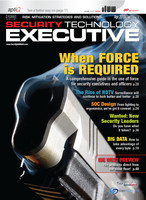
Analyzing Big Data
As our information world continues to generate an unfathomable amount of stored data, a surprisingly common term has been coined to describe this expanding mass ...BIG...or Big Data to be accurate. How big is big, one asks? The answer: big enough that conventional data structures and analysis cannot effectively deal with it. IBM calculates that, every day, 2.5 quintillion bytes (that’s a million trillion bytes, or exabytes) of new data is created. They further estimate that, by 2020, the amount of digital information created and replicated in the world will grow to 35 trillion gigabytes. Some of this data is highly structured (e.g. financial information) and other data, such as IP video, is unstructured. The science of big data has given rise to a new job title, data scientist, i.e., one who can scientifically and creatively make sense of all of this.
read more -->

Video Storage: Take a Big Byte
Terabytes, petabytes, exabytes, zettabytes, brontobytes...what’s our security world coming to?
When you combine the trends of more surveillance cameras, higher bandwidth requirements, fatter bandwidth pipes and the continuing decline in storage costs, you get near-exponential growth in bytes stored. The question is, how do we manage this vast amount of video data? I’ve discussed this question with several large-scale storage vendors recently and learned some very interesting things.
read more -->

About Face
The security market has seen its share of technologies that scream “My time has finally arrived!†For facial recognition technology, most of us are still waiting; however, advances in accuracy and the fact that it has found applications in government and municipal law enforcement settings has me thinking that the technology’s “time†is about to arrive.
read more -->

Laser Tag
Remember the days of the simple photo-electric cell? Using either a transmitter-receiver pair or a single TX/RX with a retro-reflector, the interruption of an IR beam would trigger an alarm, stop a process, or simply act as an input to another process. We have come so far!
Today, using laser technology, a beam can be emitted into free space, reflect off an object, and, upon returning, provide the input to calculate distance of the object based on its flight time. Compound that with the fact that the beam is scanning continuously over a pre-determined arc travelling at 386,000 miles per second and you’ve got something interesting. Some refer to this technology as LIDAR (Light Detection and Ranging), based on the same concept as RADAR, but using laser light instead of radio waves. Because laser light is higher in energy and shorter in wavelength than radio waves, it reflects better from non-metallic objects and provides mapping advantages over RADAR.
read more -->
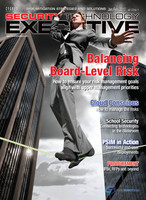
In-Depth on NFC
Much has been written about Near-Field Communications (NFC) for consumer transactions; however, NFC is still so new that I want to address it in a broader security context and, hopefully stimulate some creative thinking. In my opinion, multiple security applications are waiting to be developed.
NFC is an RFID standards-based wireless technology, operating at 13.56 MHz over extremely short distances (less than 2 inches). When designed into a smartphone, it is capable of enabling data transfer between the phone and a companion device. The Nokia model 6131 was the first NFC phone, introduced in 2006. The predominant application driving this technology has been electronic payment as a follow-on to contactless smart cards, and manufacturer interest has been significant, as witnessed by the growth of the NFC Forum (www.nfc-forum.org) — founded in 2004 by Nokia, Philips and Sony — to more than 135 members today.
read more -->

Getting Beneath the Surface on Biometrics
Biometrics is one of those areas of security technology whose roots go back a ways, but whose best days are yet to come. I can remember getting fingerprinted prior to my Air Force ROTC summer camp years ago (won’t say how many); and taking my kids to the local police station to get their prints on file — for all the right reasons, I might add.
Since then, fingerprint technology has subtly made its way into our daily lives through consumer products, which drive technology acceptance and lower costs. How many of your laptops have a fingerprint reader on them? It has become quite common.
Beyond, electronic scanning now captures multiple fingers, single finger rolls and flat features. It has been provisioned in mobile applications and in harsh environments, allowing for quicker identification and apprehension of criminals. Fingerprint reading is the granddaddy biometric on steroids. And biometric technology has spread…along several dimensions.
read more -->

What's New in Video Storage
There is arguably no higher cost component in a video surveillance system than video storage equipment. Coupled with the proliferation of CCTV cameras, the ability of network-based video systems to enable easy viewing of live and stored video at multiple locations has driven video storage to higher levels of importance and utility. There is no doubt in my mind that not only will the number of stored bytes of video data continue to rapidly increase, but also that offsetting advancements in a number of areas will keep costs reasonable.
Start with the cost of the storage media itself. In 1950, the cost per megabyte of storage was approximately $10,000. In the early 1980s, that cost had fallen to less than $500; by 1990, under $10; and by the late 1990s, about a penny. In 2001, we saw the cost per gigabyte less than $5; under $1 in 2004, and less than a dime in 2010. Today, you can purchase a 3 TB SATA drive from Amazon for $159. Granted, these are only drive costs and do not reflect the hardware and software around them to make them work, but the downward trend in raw storage costs continues. This will only fuel the appetite to store more.
read more -->
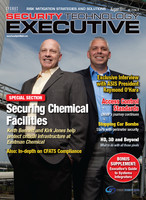
HD, 3D and Beyond
Don’t look now, but megapixel cameras are taking our industry by storm. According to many integrators I have spoken with, a great deal of their customers have moved to IP — primarily to be able to use megapixel cameras. Why? Greater fidelity, fewer cameras, digital PTZ — the reasons are numerous. IMS Research estimates that, by 2014, half of the network cameras sold will be megapixel. This is just the tip of the iceberg.
read more -->

Analyzing Analytics
Video analytics as a security technology has been hyped for the past several years, with the widespread view that it has been oversold, overpriced, misapplied and simply not ready for prime time. But recent advancements may change that view.
read more -->
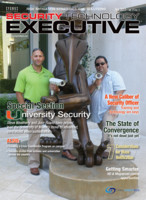
Power Play
What comes to mind when you ask “What do CCTV, access control, intercoms, doors, contact closure modules all have in common?†One possible answer is IP connectivity. Now, you can add the ubiquitous power supply to the list. One company at least — Life Safety Power — has made IP-based features a signature element of its product line, and, given the likely advantages, I expect more to follow.
Form C contacts have been around since the dark ages — extensively used, reliable and necessary, a bit like analog video in the surveillance industry. It is well within today’s design technology to pull critical data from power supply circuitry. In addition to AC input or DC output failure and low battery supervision, there are numerous other monitoring possibilities, including actual voltage levels and their variability over time; current draw per output circuit; actual battery voltage and trend data; charging current; battery age and history; fault history and tamper events. All could be reported via SNMP or e-mail. Since power supplies are the lifeblood of most devices, timely e-mail and text reporting of device status can resolve problems quickly or prevent problems from occurring through pre-emptive action.
read more -->

Thermal Imaging a Hot Technology
Infrared (IR) energy for sensing and imaging - either as a complement or as an alternative to visible energy - has for years been used in many applications, including physical security, military and law enforcement. But technological advances in both active and passive infrared are bringing the technology closer to the mainstream.
read more -->

